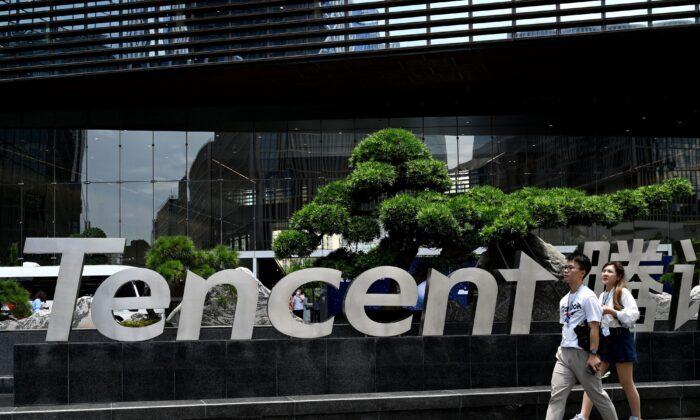People’s Bank of China (PBOC) Governor Pan Gongsheng said at a press conference that the bank is lowering the banks’ reserve requirement ratio (RRR) by 50 basis points, which will free up about 1 trillion yuan (about $142 billion) for new lending.
Pan said that the RRR may be further lowered by 0.25 to 0.5 percentage points later in the year, depending on the market liquidity situation.
Commercial banks will soon reduce interest rates on existing mortgages by an average of 0.5 percent, or around 150 billion yuan (about $21 billion), to provide relief to some 50 million households. Home minimum down payments will also be lowered from 25 percent to 15 percent for second-home buyers.
The central bank is also cutting the seven-day reverse repo rate—or the interest it pays to commercial banks when borrowing money—by 0.2 percent to 1.5 percent.
Pan said this should have the effect of lowering medium-term lending rates by about 0.3 percent and loan prime rates and deposit rates by 0.2 to 0.25 percent.
The central bank will also allow commercial banks to use 100 percent, up from 60 percent, of the 300 billion yuan (about $43 billion) the central bank made available to finance loans for affordable housing.
China Securities Regulatory Commission (CSRC) Chairman Wu Qing said at the briefing that the commission will issue guidance for medium- and long-term funds to enter the market and take measures to promote mergers, acquisitions, and reorganizations.
The CSRC will also support the state fund Central Huijin Investment in stock purchases to expand investment scope and support new index products.
Finance Experts’ Pessimistic Outlook
Global analysts have recently posted pessimistic outlooks on China’s economy.Analysts pointed out that the new measures inject liquidity into the market but do not support actual economic activity.
“This is the most significant PBOC stimulus package since the early days of the pandemic,” said Capital Economics analyst Julian Evans-Pritchard. “But on its own, it may not be enough.”
“An aggressive fiscal policy is required to inject genuine economic demand,” ANZ analysts said in a note on the PBOC moves, which they described as “far from being a bazooka.”
Rocky Fan, an economist at Guolian Securities, said the measures were appropriate but somewhat unexpected and would only provide a short-term boost to the economy by stimulating consumption.
“We haven’t seen yet strong fiscal policies, given the ongoing cleanup of hidden local government debts, so monetary policies are expected to play a dominant role in maintaining gross demand,” Fan said.
Khoon Goh, head of Asia research for ANZ in Singapore, said Beijing was expected to announce stimulus measures, but Tuesday’s plan was broader than analysts anticipated.
He said the measures are “designed to not only lower borrowing costs but also to inject more liquidity into the economy and boost the equity market.”
However, Goh said the measures did not address the underlying issues plaguing China’s economy.
“Whether or not it is sufficient to address some of the underlying issues, particularly around the lack of confidence in the economy, I think still remains to be seen,” he said.
Kelvin Wong, senior markets analyst with Oanda in Singapore, said he saw mixed reactions to this stimulus package as there is some “fear of a liquidity trap” if the new monetary policy is not matched with “expansionary fiscal policies.”
“This extra liquidity is not being channeled to boost internal demand, which, in turn, could not see a turnaround in the current state of feeble consumer and business confidence in China,” he said.
Economist Davy J. Wong previously told The Epoch Times that Western institutions often misunderstand China’s data.
“They generally do not understand the CCP’s economic structure and often view it from the perspective of Western economics rather than a perspective that acknowledges the hidden rules of ’the operation of the socialist economy with Chinese characteristics,'” he said.
For example, Wong said, this mismatch can be seen in the difference between the state-owned economy’s development and growing market share versus the deterioration of the private sector, with underemployment rates he estimates to be more than 25 percent.







